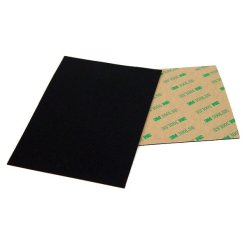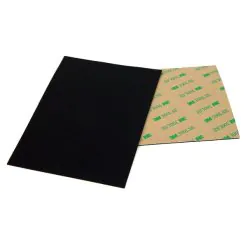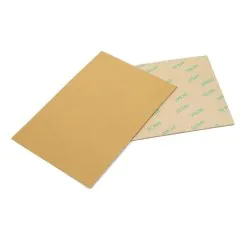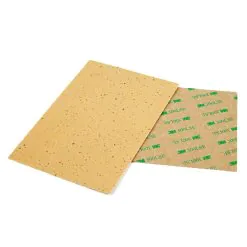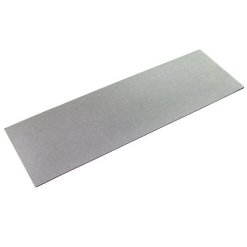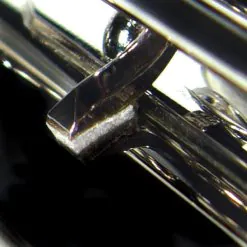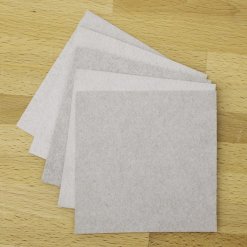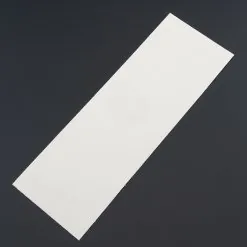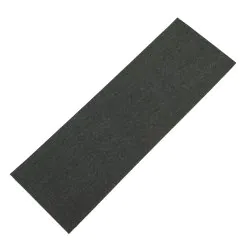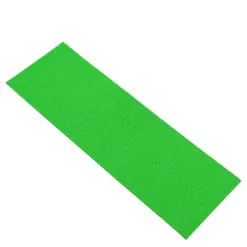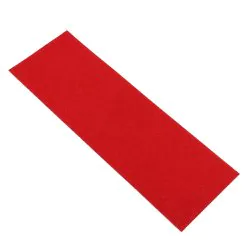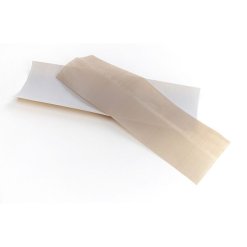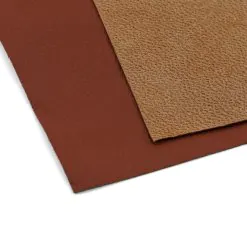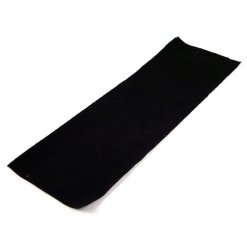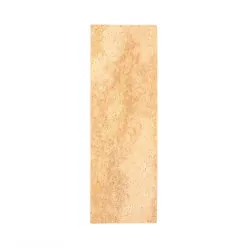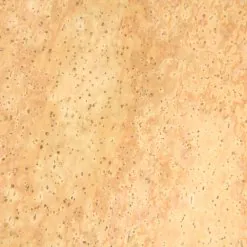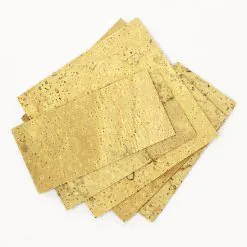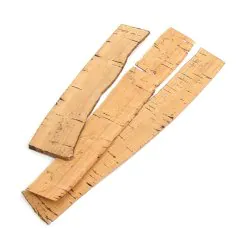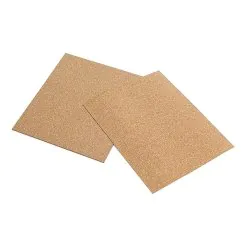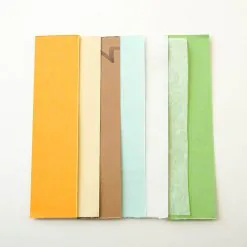Cookies are small pieces of data stored by your web browser on your device. We use cookies, to help us monitor and improve the performance of our website, provide you with a personalized experience and to provide relevant advertising to you. Some cookies are essential for this site to function properly. These cookies cannot be disabled. For all other types of cookies, you may choose to enable or disable them in this window.
-
Necessary cookies help make a website usable by enabling basic functions like page navigation and access to secure areas of the website. The website cannot function properly without these cookies.
| Name |
Domain |
Purpose |
Expiration |
Type |
|
_cfuvid |
challenges.cloudflare.com |
--- |
session |
HTTP |
|
wpl_user_preference |
www.jlsmithco.com |
--- |
1 year |
HTTP |
|
wpl_viewed_cookie |
www.jlsmithco.com |
--- |
365 |
HTTP |
-
Marketing cookies are used to track visitors across websites. The intention is to display ads that are relevant and engaging for the individual user and thereby more valuable for publishers and third party advertisers.
| Name |
Domain |
Purpose |
Expiration |
Type |
|
__hstc |
jlsmithco.com |
--- |
2 years |
HTTP |
|
__hssrc |
jlsmithco.com |
--- |
Session |
HTTP |
|
__hssc |
jlsmithco.com |
--- |
Session |
HTTP |
-
Analytics cookies help website owners to understand how visitors interact with websites by collecting and reporting information anonymously.
| Name |
Domain |
Purpose |
Expiration |
Type |
|
_ga |
jlsmithco.com |
--- |
2 years |
HTTP |
|
_gid |
jlsmithco.com |
--- |
1 day |
HTTP |
|
sbjs_migrations |
jlsmithco.com |
--- |
6 months |
HTTP |
|
sbjs_current_add |
jlsmithco.com |
--- |
6 months |
HTTP |
|
sbjs_first_add |
jlsmithco.com |
--- |
6 months |
HTTP |
|
sbjs_current |
jlsmithco.com |
--- |
6 months |
HTTP |
|
sbjs_first |
jlsmithco.com |
--- |
6 months |
HTTP |
|
sbjs_udata |
jlsmithco.com |
--- |
6 months |
HTTP |
|
sbjs_session |
jlsmithco.com |
--- |
session |
HTTP |
-
Preference cookies enable a website to remember information that changes the way the website behaves or looks, like your preferred language or the region that you are in.
| Name |
Domain |
Purpose |
Expiration |
Type |
|
hubspotutk |
jlsmithco.com |
--- |
10 years |
HTTP |
-
Unclassified cookies are cookies that we are in the process of classifying, together with the providers of individual cookies.
| Name |
Domain |
Purpose |
Expiration |
Type |
|
__utmzz |
jlsmithco.com |
--- |
6 months |
--- |
|
__utmzzses |
jlsmithco.com |
--- |
56 years |
--- |
|
_gat_UA-15239865-1 |
jlsmithco.com |
--- |
Session |
--- |
|
_ga_JGZ6N2394V |
jlsmithco.com |
--- |
2 years |
--- |
|
wc_cart_hash_dca5f7a19cc7f67272d7ed2de780f0a7 |
www.jlsmithco.com |
--- |
56 years |
--- |
|
wc_fragments_dca5f7a19cc7f67272d7ed2de780f0a7 |
www.jlsmithco.com |
--- |
56 years |
--- |
|
consent_version |
www.jlsmithco.com |
--- |
1 year |
--- |
|
wpl_tc_string |
www.jlsmithco.com |
--- |
1 year |
--- |
|
IABTCF_AddtlConsent |
www.jlsmithco.com |
--- |
1 year |
--- |
|
_wpfuuid |
www.jlsmithco.com |
--- |
11 years |
--- |
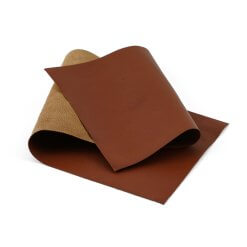 Thin Leather Sheet - Tan - 4" x 12"
Thin Leather Sheet - Tan - 4" x 12"